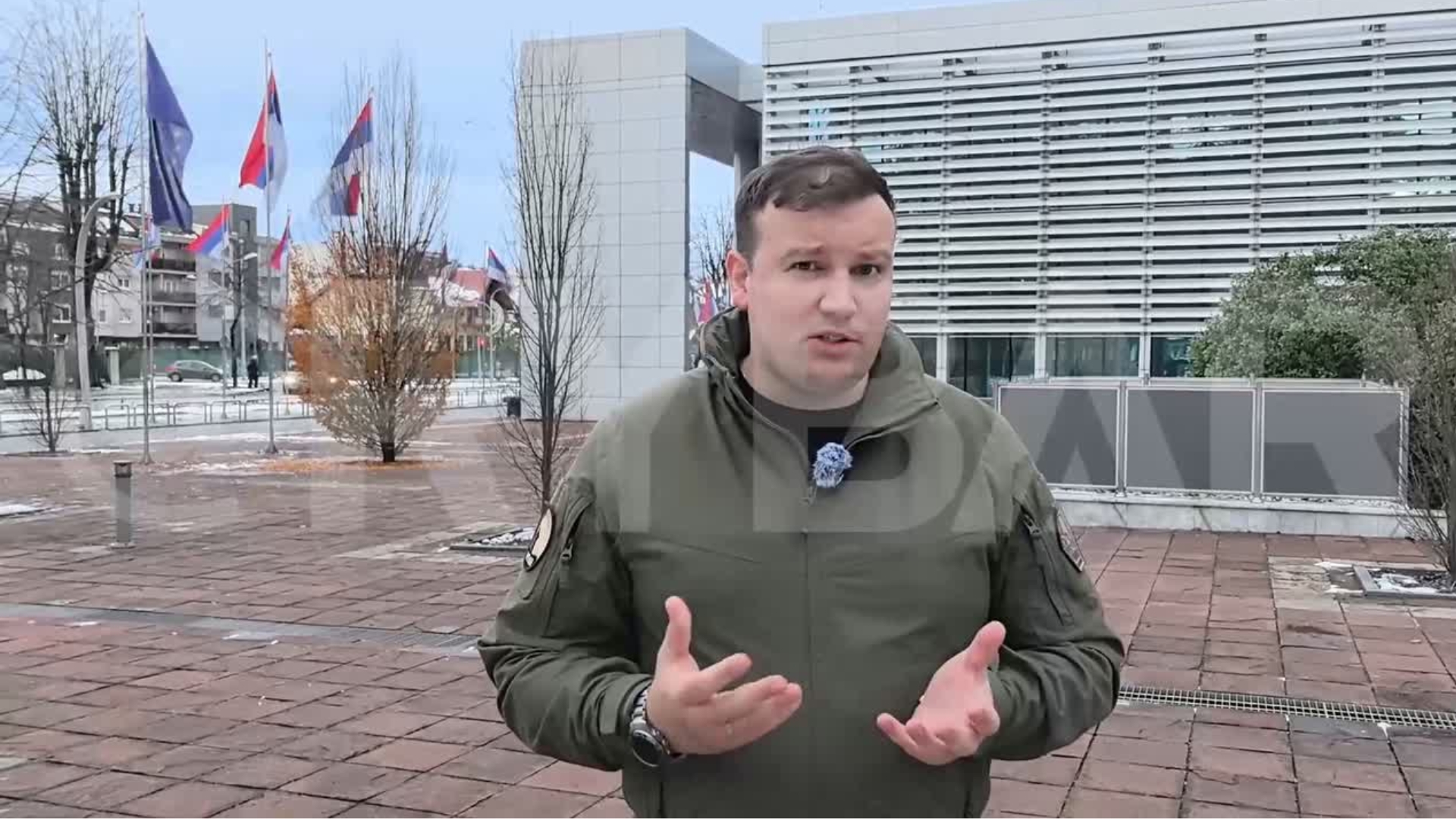This post is also available in: Bosnian
Milinic, Karadzics former security advisor, said that the defendant did not control the army, claiming that generals were openly saying that Karadzic is not their supreme commander.
Civilian authorities did not control the military structures. Chief headquarters commanded independently as an alienated body, and they needed the president as their cover, said Milinic, reminding that Karadzic attempted three times to replace commander of the Bosnian Serb army Ratko Mladic, but that he could not because the chief headquarters had the force and weapons.
Emphasising that in July 1995 he had insight into many security reports, Milinic claimed he did not know about the murder of prisoners from Srebrenica and that he believed Karadzic did not know either.
Milinic suggested that Karadzics signature on Directive number seven from March 1995, which ordered the Bosnian Serb army to create hopeless, unbearable conditions for living and survival of civilian population, is not authentic.
According to Milinic, Karadzic received in February 1994 and August 1995 information from the Army of Republika Srpska that it did not fire grenades which caused numerous victims at the Sarajevo market of Markale.
Karadzic is charged with genocide against 7,000 Muslim men from Srebrenica in the days after Bosnian Army seized this UN protected zone in eastern Bosnia on July 11, 1995. He is also charged with terrorising civilians in Sarajevo with sniper and shelling campaigns, the expulsion of Bosniaks and Croats, and taking international peacekeepers hostage.
The second witness, Dusan Kovacevic, who was Republika Srpskas defence minister in 1993, also said he was not aware Karadzic ever spoke with anyone about Srebrenica.
I havent heard a single word about it from him, or any data on victims in Srebrenica, said Kovacevic.
He testified that he heard from Mladic in late 1995 there were uncontrolled killings of a small number of prisoners from Srebrenica, in retaliation for Serbs killed in previous years around the enclave. In those conversations, Kovacevic also heard that the greatest number of Muslims was killed during breakthrough from the ring around Srebrenica through the woods towards Tuzla. From other sources he learnt, the witness said, that Serb forces executed around 400 Srebrenica Bosniaks.
Kovacevic said that he had no other data to this day, but that The Hague Tribunal is certainly competent to establish facts through the trial and that those facts were reliable for him too.
He claimed that the army planned and executed operations on its own, without the knowledge of supreme commander Karadzic.
The trial of Karadzic will resume on Wednesday, June 12.


